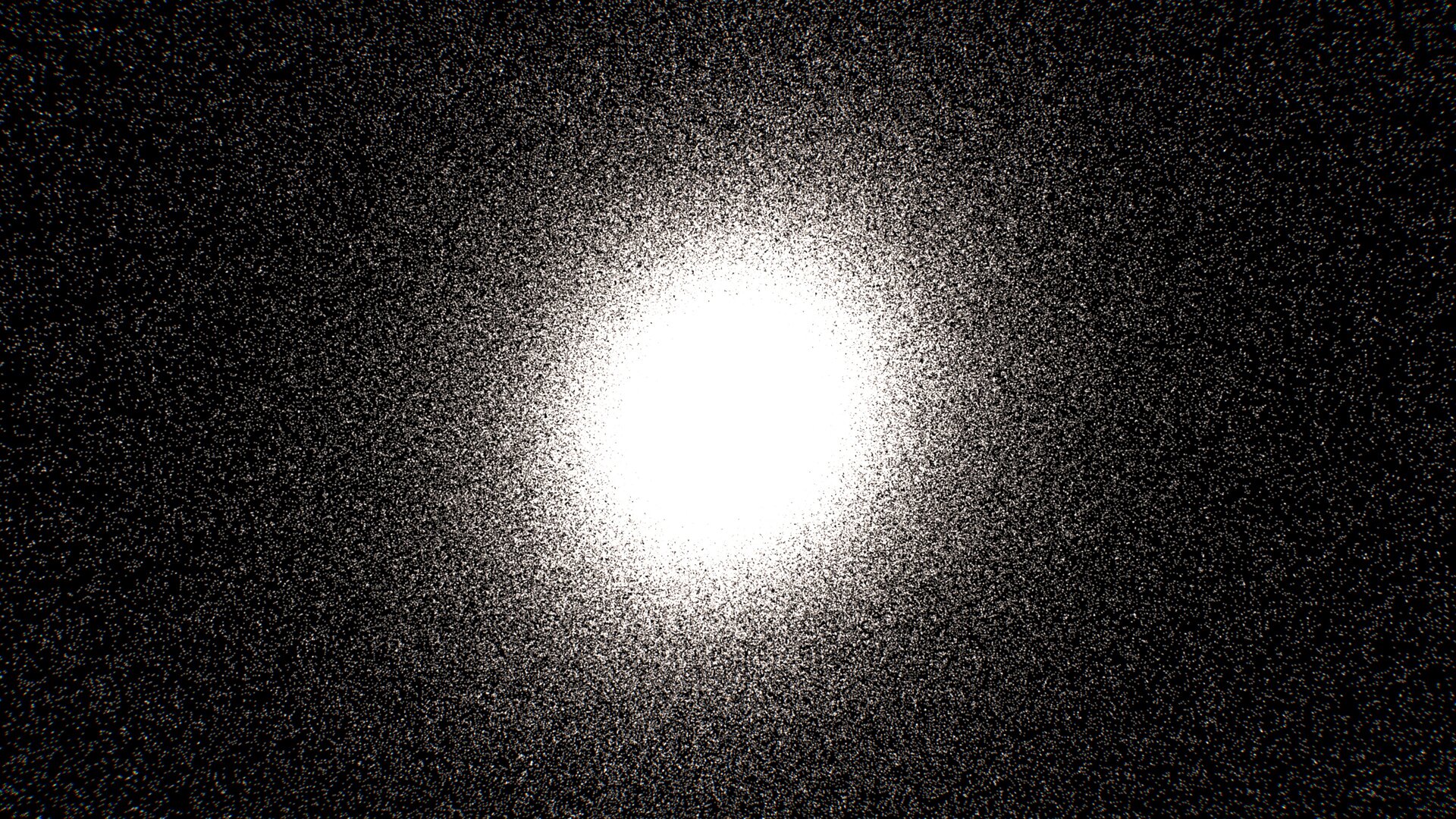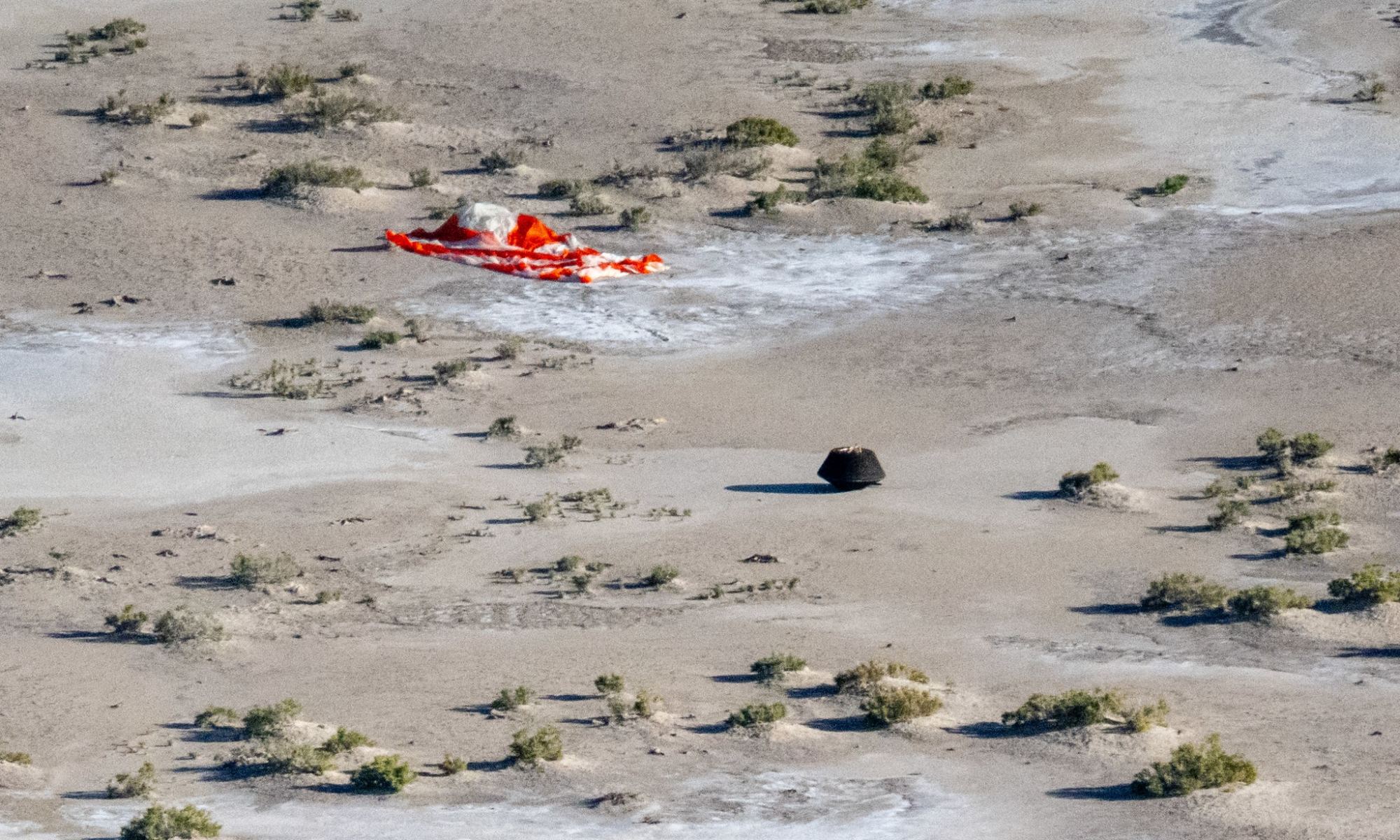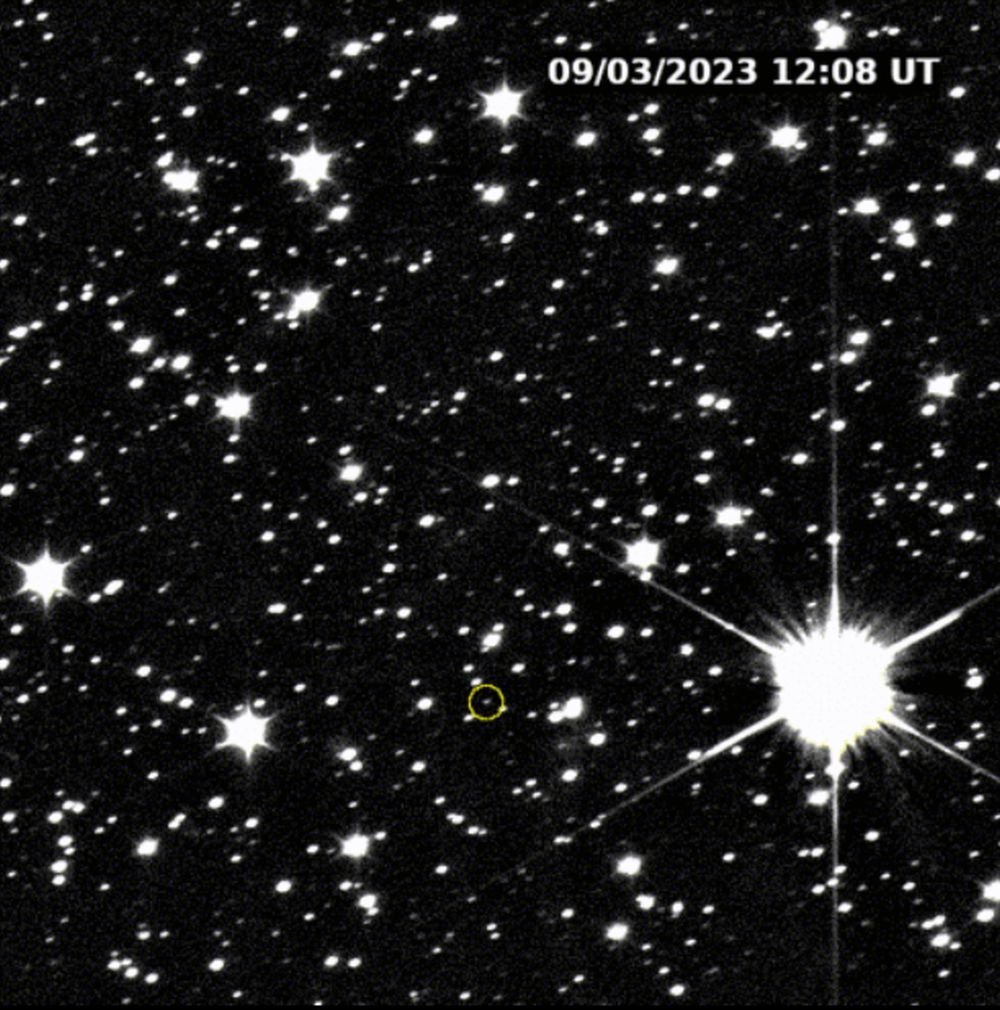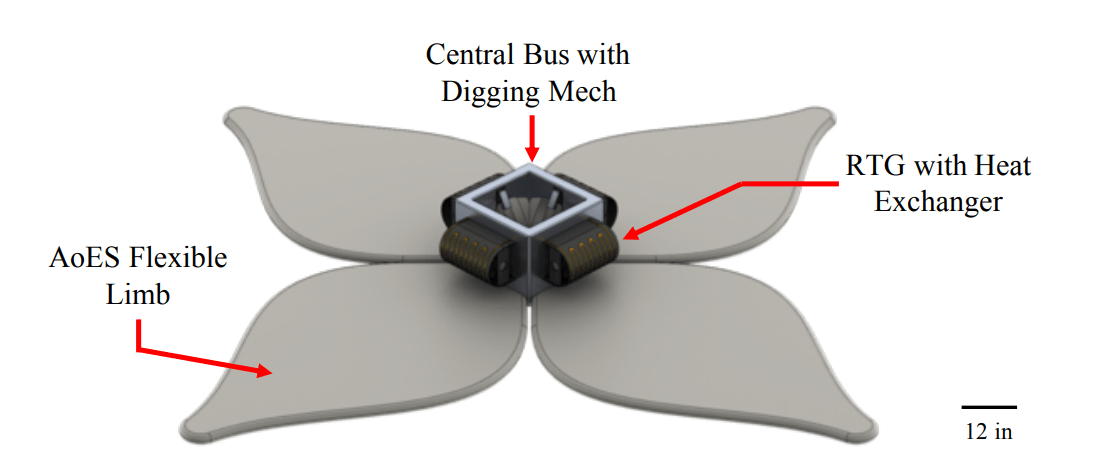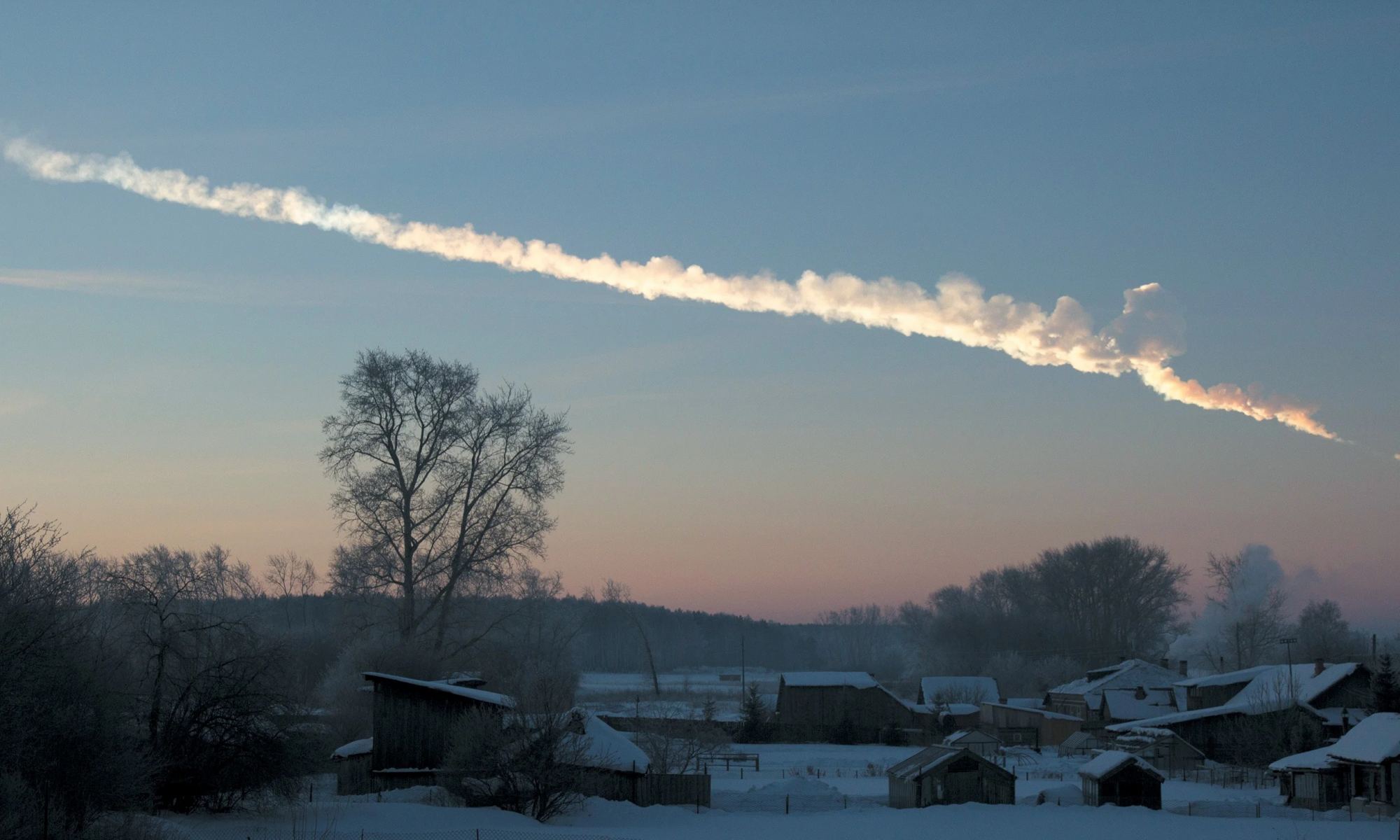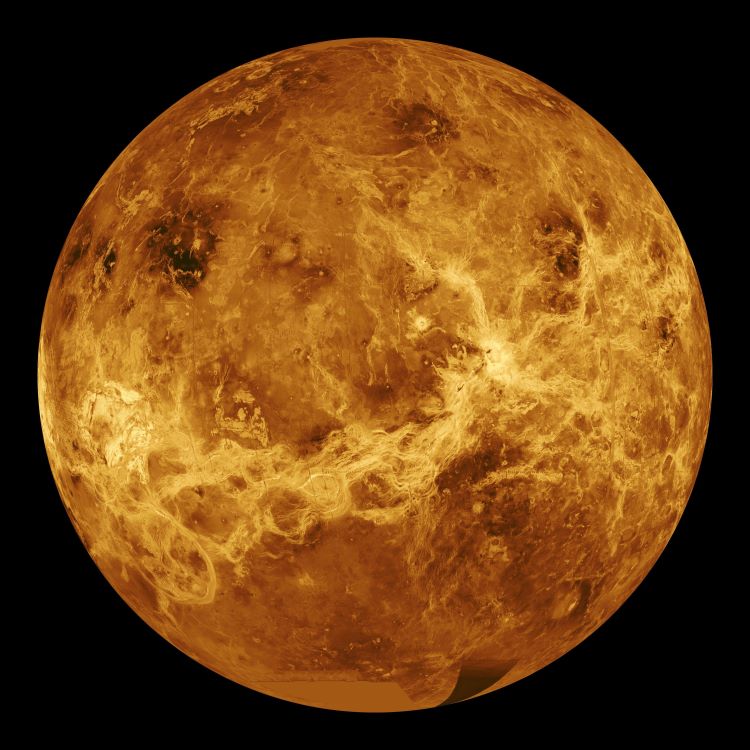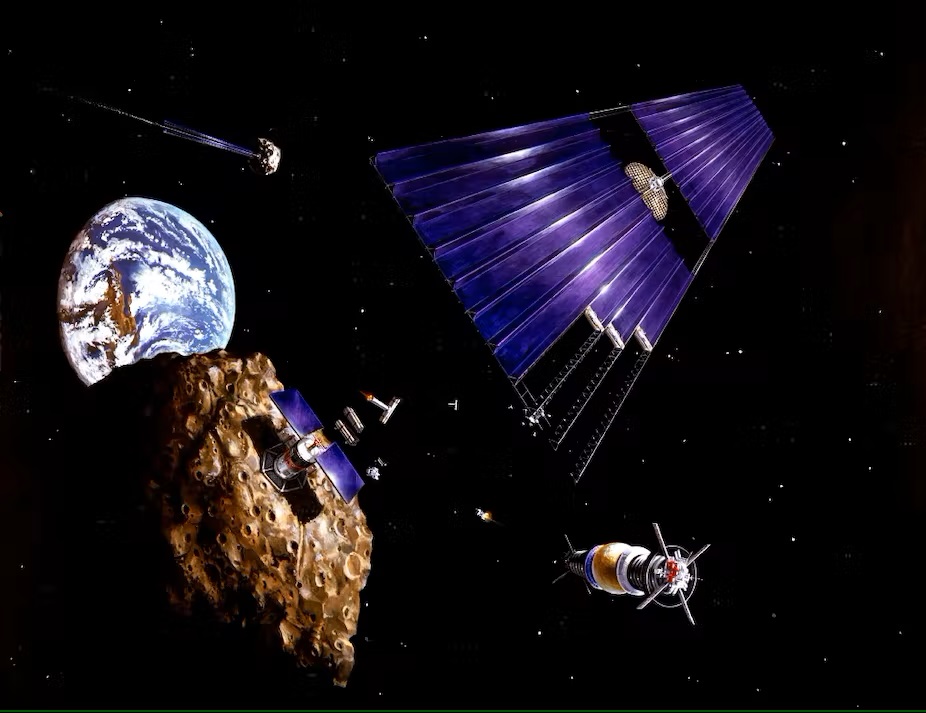Sending astronauts to the moon is OK — but more Americans think NASA should instead put a high priority on monitoring outer space for asteroids and other objects that could pose a threat to Earth, according to the Pew Research Center’s latest survey focusing on Americans’ perspectives on space policy.
The nonprofit research center’s report was released today, on the 54th anniversary of the Apollo 11 moon landing. It follows up on a similar survey that was done in 2018 to mark NASA’s 60th anniversary.
The earlier survey suggested that slightly more Americans saw monitoring climate change as a top priority (63% vs 62%). This year, the rankings were reversed, with 60% putting cosmic threats at the top of their list, as opposed to 50% for climate concerns. Only 12% of the respondents said sending astronauts to explore the moon was a top priority, and 11% said sending astronauts to Mars led their list. That translates into less support than those missions had five years ago.
The survey, conducted online from May 30 to June 4, is based on responses from 10,329 randomly selected U.S. adults who are part of the research center’s online panel. The results were weighted to reflect current demographics.
Continue reading “Threats From Above Lead the List of Space Concerns in New Survey”


